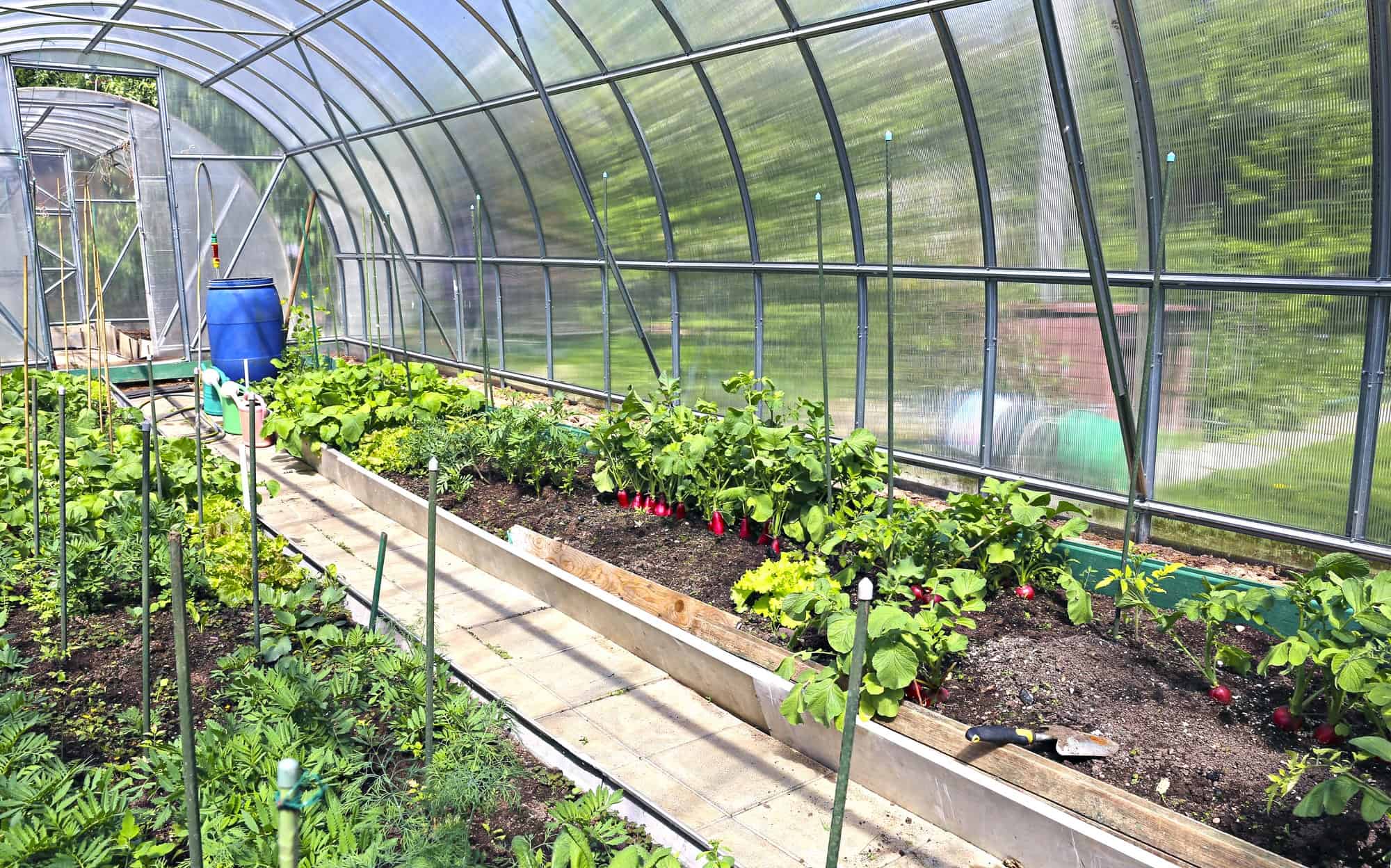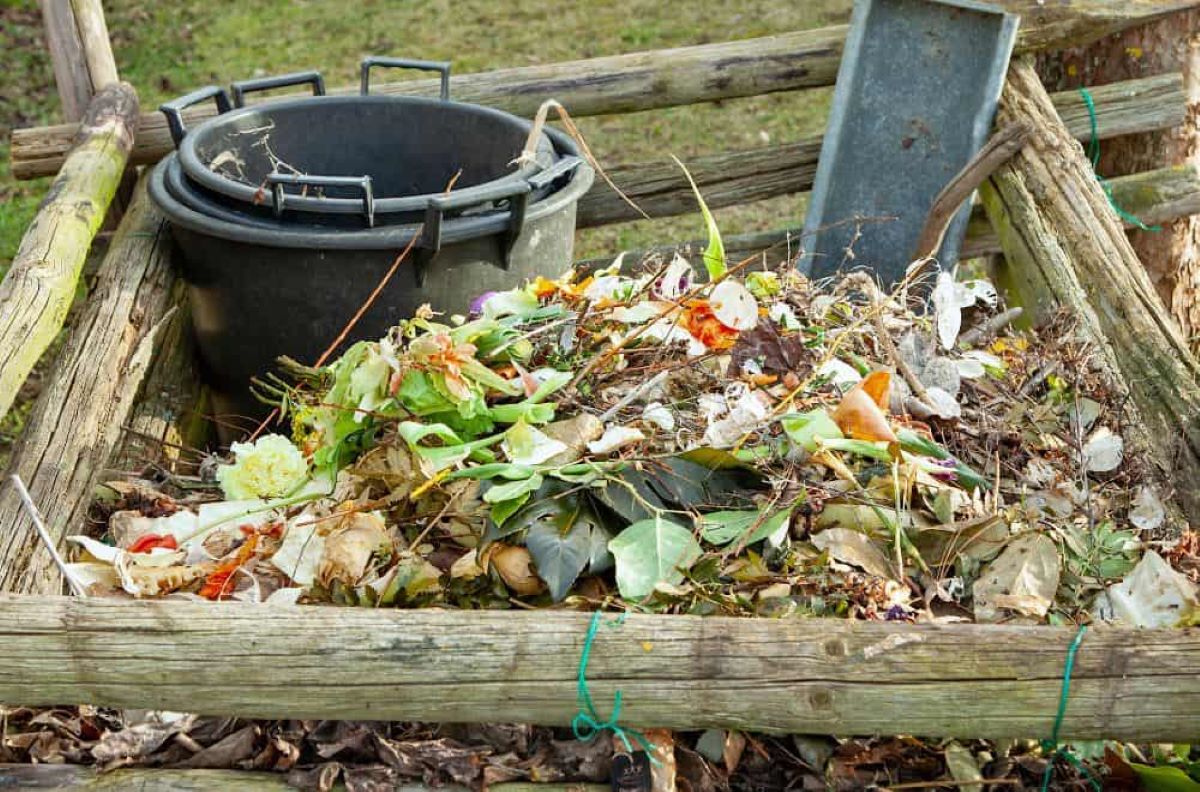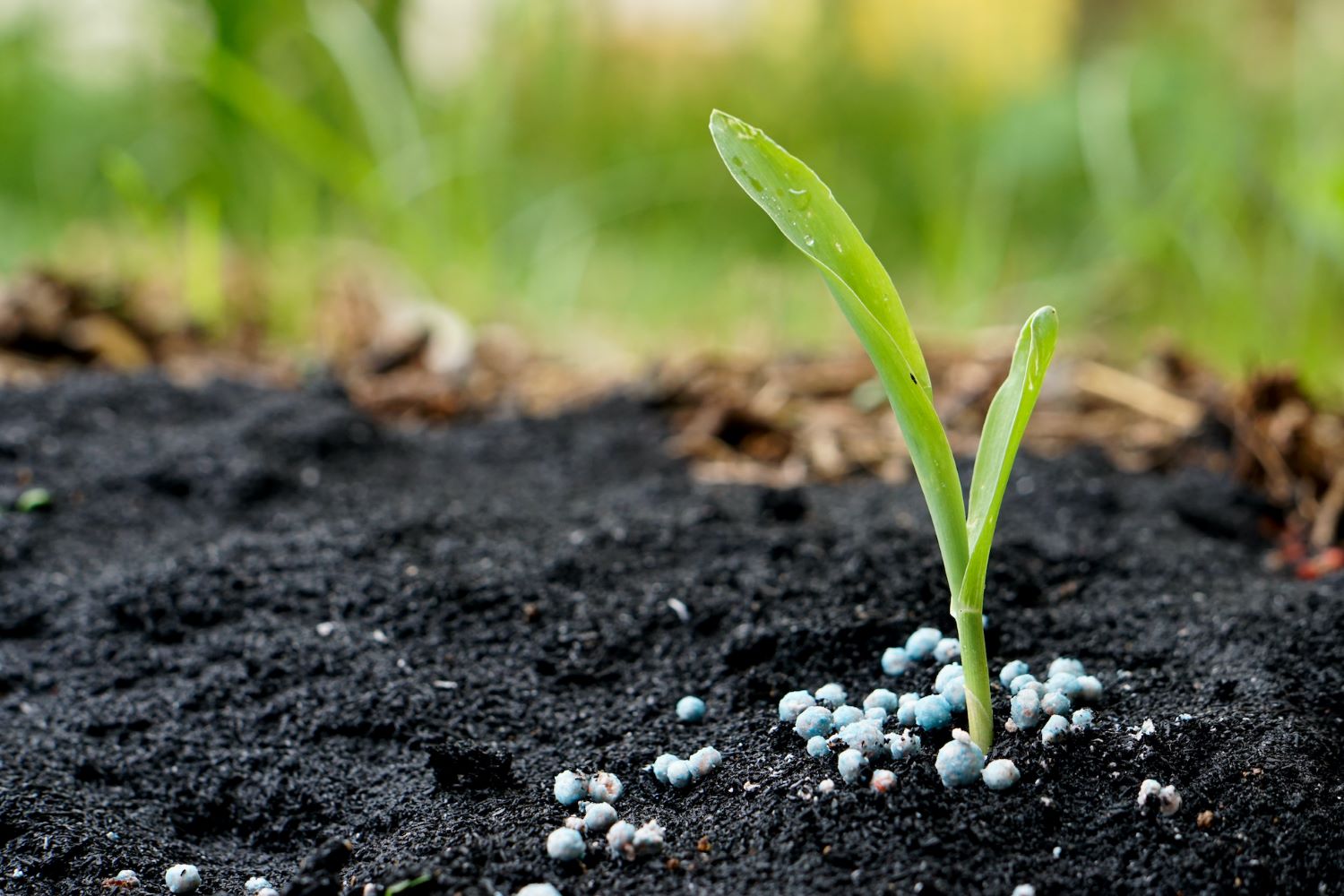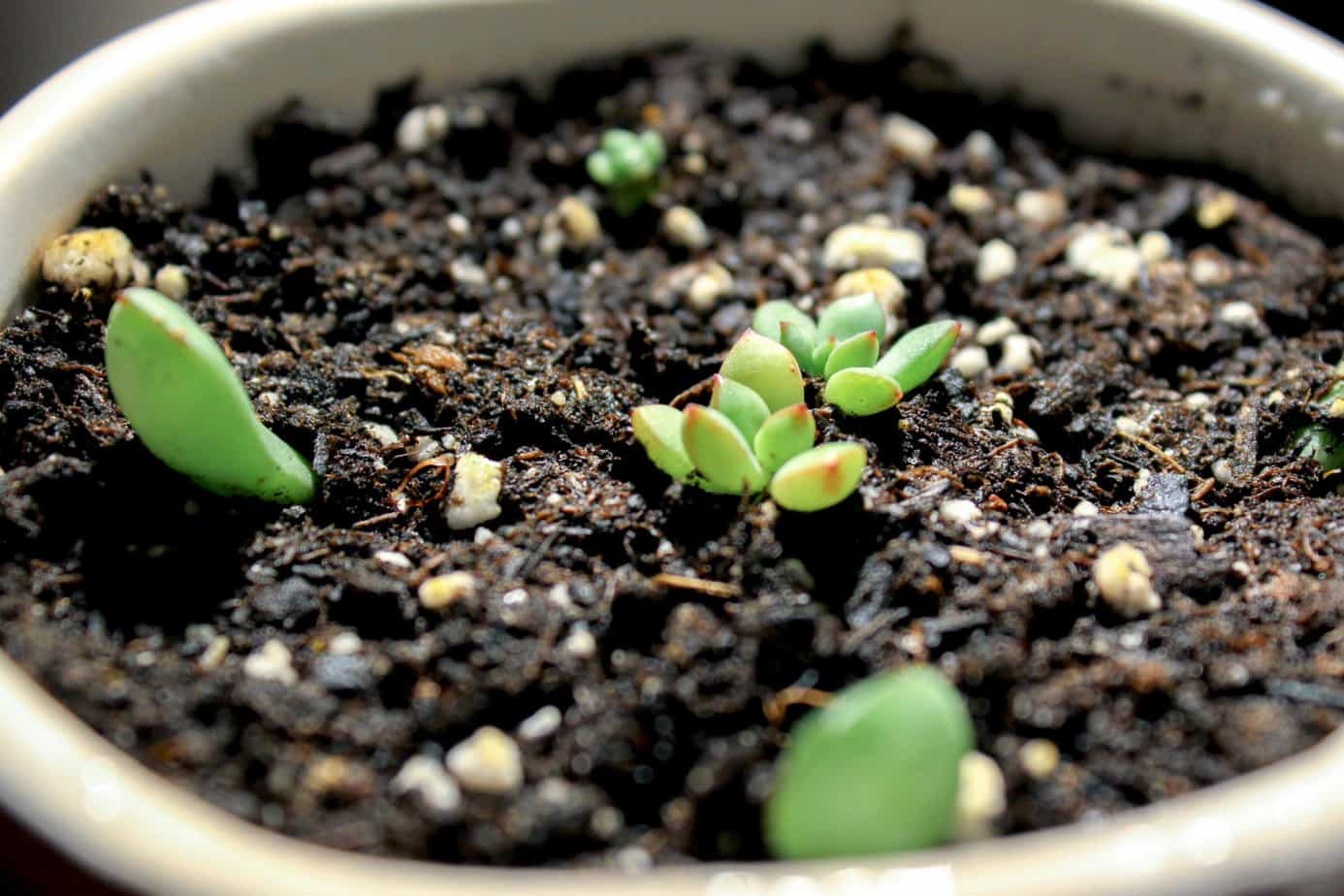Home>Gardening News and Trends>Latest News>How Long Does It Take For Vegetables To Grow


Latest News
How Long Does It Take For Vegetables To Grow
Modified: January 22, 2024
Discover the latest news on how long it takes for vegetables to grow. Gain insights into the growth timelines of various vegetables and optimize your gardening experience.
(Many of the links in this article redirect to a specific reviewed product. Your purchase of these products through affiliate links helps to generate commission for Chicagolandgardening.com, at no extra cost. Learn more)
Table of Contents
Introduction
Have you ever wondered how long it takes for vegetables to grow? Whether you’re a seasoned gardener or just starting out with your own backyard vegetable patch, understanding the time it takes for your plants to reach maturity is crucial for planning and success. The growth time of vegetables can vary greatly depending on various factors. In this article, we will explore the different factors that affect vegetable growth and provide you with an average timeline for popular vegetables.
Vegetable growth is influenced by a combination of environmental conditions, genetics, and care provided by the gardener. Understanding these factors and their impact on the growth process can help you optimize your gardening techniques and anticipate when you can expect to harvest your homegrown produce.
Factors such as temperature, sunlight, soil quality, water availability, and pest control all play a significant role in determining how long it takes for vegetables to grow. Each vegetable has specific requirements for optimal growth, and meeting these requirements will result in healthier and faster-growing plants.
So how long does it take for vegetables to grow? The answer varies depending on the specific vegetable and the conditions in which it is grown. Some vegetables are known for their quick growth and can be ready for harvest in as little as a few weeks, while others require several months to reach maturity. Additionally, some vegetables can be harvested at different stages of growth, with different flavors and textures at each stage.
By understanding the growth timelines of different vegetables, you can plan your planting schedule accordingly. This allows for a continuous supply of fresh produce and maximizes the productivity of your garden.
Factors Affecting Vegetable Growth
Several factors can significantly impact the growth and development of vegetables. By understanding these factors, you can create optimal conditions for your plants, resulting in healthier and more productive crops. Here are some of the key factors that affect vegetable growth:
- Temperature: Temperature plays a critical role in determining how quickly vegetables grow. Each vegetable has an ideal temperature range for germination and growth. Some vegetables, like tomatoes and peppers, thrive in warm temperatures, while others, like lettuce and spinach, prefer cooler conditions. Extreme temperature fluctuations can also negatively impact plant growth.
- Sunlight: Adequate sunlight is essential for photosynthesis, the process by which plants convert light energy into food. Most vegetables require at least 6-8 hours of direct sunlight daily. Insufficient sunlight can lead to stunted growth and poor yield. If you have limited sunlight in your garden, consider growing shade-tolerant vegetables like leafy greens.
- Soil Quality: The health and nutrient content of the soil directly impact the growth of vegetables. A well-draining soil with a balanced pH level and rich in organic matter provide the ideal conditions for vegetable roots to develop and absorb nutrients. Conduct a soil test to determine its fertility and make necessary amendments to improve its quality.
- Water Availability: Water is essential for plant growth, and the amount and frequency of watering directly affect vegetable development. Different vegetables have different water requirements, and it is important to water them adequately without overwatering or causing water stress. Proper irrigation techniques, such as drip irrigation or soaker hoses, can help maintain soil moisture levels.
- Nutrition: Providing the right balance of nutrients is crucial for vegetable growth. Different vegetables have varying nutrient needs, with primary macronutrients being nitrogen, phosphorus, and potassium. Organic fertilizers or compost can help enrich the soil and provide a steady supply of essential nutrients to the plants.
- Pest and Disease Control: Pests and diseases can wreak havoc on vegetable plants, slowing down growth and causing damage. Regular inspection and appropriate measures, such as using organic pest control methods or companion planting, can help prevent and manage common pests and diseases.
By paying attention to these factors and making appropriate adjustments, you can create an environment that promotes healthy vegetable growth. Monitoring and addressing these variables will contribute to the overall success of your gardening efforts.
Average Time Needed for Vegetable Growth
When it comes to growing vegetables, one of the most common questions is how long it takes for them to reach maturity. The time needed for vegetable growth can vary significantly depending on the specific plant variety, environmental conditions, and cultivation practices. Here is a general timeline for some popular vegetables:
- Tomatoes: Tomatoes can take anywhere from 55 to 85 days to reach maturity, depending on the variety. Determinate varieties tend to mature faster, averaging around 60-75 days, while indeterminate varieties take longer, averaging around 75-90 days. Cherry tomatoes typically have a shorter growth period of around 45-65 days.
- Lettuce: Lettuce is a fast-growing vegetable that can be ready for harvest in as little as 30 days for loose-leaf varieties and 45-60 days for head lettuce varieties. Harvesting baby lettuce leaves at around 20-30 days is also an option for quick yields.
- Cucumbers: Most cucumber varieties take around 50-70 days to mature. However, there are “burpless” and “pickling” varieties that can be harvested earlier, at around 45-55 days.
- Carrots: Carrots have a longer growth period and typically take around 60-80 days to reach maturity. Baby carrots can be harvested earlier, at around 30-40 days, when they are still small and tender.
- Peppers: Bell peppers can take approximately 60-85 days to mature, with some early varieties maturing at around 50-60 days. Hot pepper varieties, such as jalapenos or habaneros, may have shorter growth periods, ranging from 60 to 80 days.
- Beans: Bush beans generally reach maturity in about 50-60 days, while pole beans take longer, averaging around 60-70 days. Harvesting bean pods when they are young and tender can be done in around 40-50 days.
It’s important to note that these timelines are averages and can vary based on growing conditions and regional climate. Additionally, some vegetables can be harvested at different stages of growth, giving gardeners options for different flavors and textures.
When planning your vegetable garden, consider the average time needed for growth and factor in your specific climate and growing conditions. You can use this information to stagger your planting, ensuring a continuous harvest throughout the growing season.
By having a general understanding of how long it takes for different vegetables to grow, you can plan your gardening activities efficiently and enjoy the fruits (or rather, vegetables) of your labor in due time.
Fast-Growing Vegetables
If you’re looking for quick results and a faster harvest in your vegetable garden, there are several fast-growing vegetables that you can consider. These vegetables have shorter growth periods, allowing you to enjoy homegrown produce in a relatively short amount of time. Here are some fast-growing vegetables to consider:
- Radishes: Radishes are one of the fastest-growing vegetables, often ready for harvest in just 20-30 days. They come in various varieties and colors, adding a burst of flavor and crunch to your salads and dishes.
- Green Onions: Green onions, also known as scallions, can be harvested in around 30-40 days. You can harvest the delicate green shoots once they reach a desired size, and they add a mild onion flavor to your dishes.
- Spinach: Spinach is a nutrient-rich leafy green vegetable that matures in approximately 40-45 days. Harvesting the baby leaves for salads or waiting a bit longer for larger leaves is up to your preference.
- Baby Lettuce: Growing baby lettuce varieties allows for a quick turnaround, with harvest possible in as little as 30 days. These tender leaves can make a delightful addition to salads and sandwiches.
- Arugula: Arugula is a peppery salad green that can be ready to harvest in 30-40 days. Harvesting the young leaves provides a milder flavor, while waiting longer gives you more robust and spicy leaves.
- Microgreens: While not technically a vegetable, microgreens are young, tender greens harvested when they are only a few inches tall. They can be ready for harvest in about 7-21 days and are packed with flavor and nutrients.
These fast-growing vegetables are excellent choices for gardeners who want to see quick results and enjoy their homegrown produce sooner. They are also great options for gardening in small spaces or containers, as they can be harvested before they take up too much room.
Remember to follow proper planting, watering, and care instructions to ensure optimal growth and flavor. Additionally, continue to provide adequate sunlight and monitor for pests and diseases to prevent any setbacks.
By incorporating fast-growing vegetables into your gardening repertoire, you can experience the joy of harvesting and enjoying your own homegrown produce in a relatively short amount of time.
Slow-Growing Vegetables
While fast-growing vegetables offer the satisfaction of a quick harvest, there are also slow-growing vegetables that require more patience but are well worth the wait. These vegetables typically take longer to reach maturity but offer unique flavors, textures, and nutritional benefits. Here are some slow-growing vegetables to consider:
- Brussels Sprouts: Brussels sprouts are known for their compact growth and distinctive flavor. They can take anywhere from 90 to 120 days to mature, depending on the variety. Allowing them to grow larger can enhance their sweetness.
- Pumpkins: Pumpkins are a quintessential fall crop that requires a longer growing season. They can take around 90 to 120 days or even more to reach maturity. The wait is worthwhile when you see those vibrant orange pumpkins ready for carving or cooking.
- Winter Squash: Varieties like butternut squash, acorn squash, and spaghetti squash are delicious, versatile additions to any kitchen. They typically require around 80 to 110 days to fully mature and develop their rich flavors and firm textures.
- Eggplant: Eggplants thrive in warm weather and can take approximately 70 to 90 days to mature, depending on the variety. The glossy fruits are worth the wait, as they offer a range of culinary possibilities, from grilling to roasting.
- Artichokes: Artichokes are unique and flavorful vegetables that require a longer growth period. They can take around 120 to 150 days to fully mature. The edible flower buds make a delightful addition to salads and other dishes.
- Onions: Onions typically take around 100 to 120 days to reach maturity. They are often grown from sets or seedlings, and their long growth period allows for the development of firm bulbs with layers of pungent flavor.
Slow-growing vegetables may require more planning and care, but their unique characteristics make them highly rewarding. They often have distinctive flavors and textures that cannot be replicated by their faster-growing counterparts.
Although slow-growing, these vegetables can still be a great addition to your garden. Just be sure to provide them with the ideal growing conditions, including sufficient sunlight, well-draining soil, and regular irrigation. Monitoring for pests and diseases and providing necessary support, such as trellises for vining vegetables, can also contribute to their success.
Patience is key when growing slow-growing vegetables, but the satisfaction of harvesting and enjoying their flavorsome rewards is well worth the wait.
Conclusion
Growing your own vegetables is not only a rewarding experience but also a way to enjoy fresh, nutritious produce right from your garden. Understanding the factors that affect vegetable growth and the average time it takes for different vegetables to mature can help you plan and optimize your gardening efforts.
Factors such as temperature, sunlight, soil quality, water availability, nutrition, and pest control all influence the growth and development of vegetables. By providing optimal conditions and care, you can enhance the growth process and ensure healthier and more productive crops.
The time needed for vegetable growth varies depending on the specific vegetable, environmental conditions, and cultivation practices. Fast-growing vegetables like radishes, green onions, and lettuce can often be harvested in just a few weeks, while slow-growing vegetables like Brussels sprouts, pumpkins, and artichokes may require several months to reach maturity.
Whether you choose to grow fast or slow-growing vegetables, both offer their own unique benefits. Fast-growing vegetables provide quicker results and shorter time to harvest, ideal for those who crave immediate results or have limited space. On the other hand, slow-growing vegetables require patience, but their distinct flavors and textures make them well worth the wait.
As you embark on your vegetable gardening journey, remember to provide the right growing conditions, including proper sunlight, soil, water, and nutrition. Regularly monitor for pests and diseases and take timely actions to maintain the health and vitality of your plants.
By embracing the art of vegetable gardening and understanding the growth timelines of different vegetables, you can create a bountiful garden that yields an abundant harvest. Enjoy the joy of harvesting and savoring the fruits (or rather, vegetables) of your labor, knowing that you played an active role in the growth and development of your homegrown produce.






